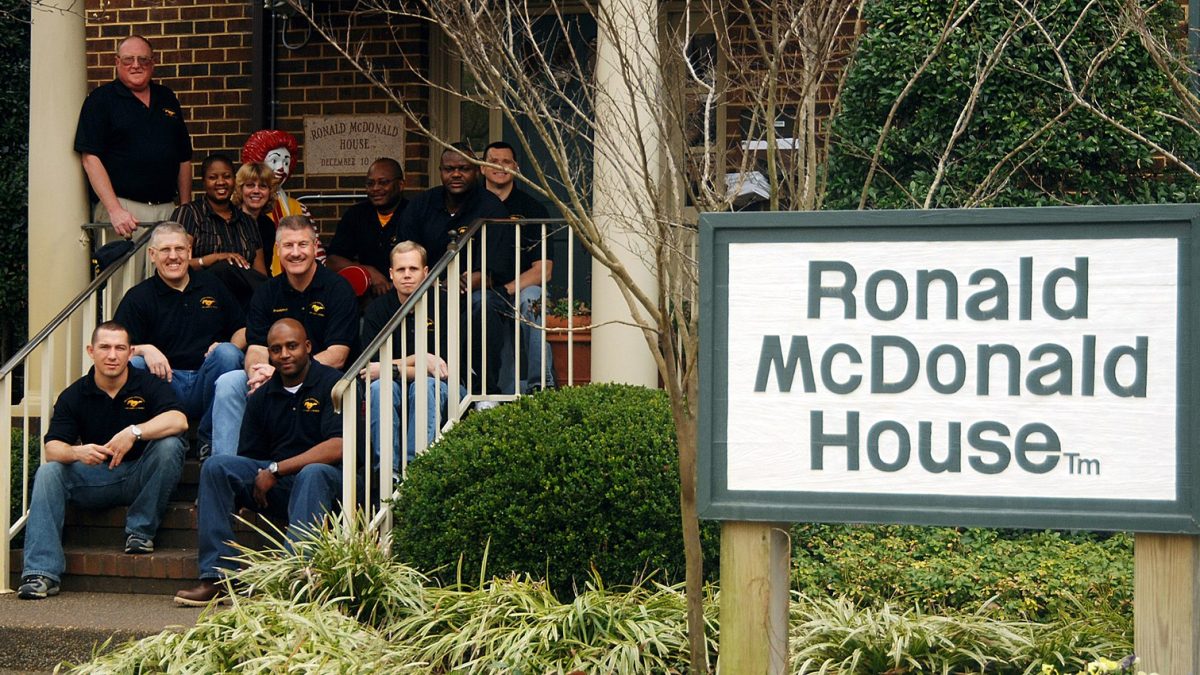
A construction crew at a work site in Barcelona, Spain, stumbled onto something sweet recently.
Literally.
As the crew worked to prepare and excavate their site, workers came across the remains of a 19th-century chocolate factory in the heart of the city. Archaeologists suggest that the discovery may provide new perspectives on the peak industrial period of the city.
Artnet writes:
The structure was discovered during the renovation of a four-story building in the Cuitat Vella, or Old City, before the Archaeological Service of Barcelona intervened to excavate the site. Investigations revealed an architectural matryoshka about 600-years-old. Some walls with stylistic elements such as arches and doors indicated that the structure was originally a 14th-century Gothic mansion. According to archived documents, the home was once owned by the Barcelona charity known as the Pia Almoina.
Further tracing its history, archaeologists found the home was later converted into a hostel, the Hostal de Santa Pere, in the 15th century, which operated until then-owner, Pere Joan Grimosachs, decided to renovate the building in the 16th century. After its remodeling, the property was then split in three at the turn of the 18th century. Over the next century, part of the former mansion was converted into the newly unearthed chocolate factory.
Spain’s first international World’s Fair in 1888 listed the workshop as Guardia Clemente, known for its chocolates and pastillage. By the 19th century, the chocolaterie was celebrated as one of the grandest in Barcelona, selling its wares across the Spanish empire’s territories. An advertisement for the factory was found in an edition of La Vanguardia newspaper dating back to 1824; it listed vanilla and stone chocolate among its specialties.
A group of historians uncovered a set of seven ceramic containers from that time period that was likely used to make delicious snacks.
According to Fox News, “the factory was called the Clemente Guardia chocolate factory, and excavators found lead plates that were used to make labels at the time.
“Work continues on the archaeological excavation of the subsoil and, at the same time, the study of the building’s facings is carried out with the aim of continuing to document the different periods and learn about the evolution of the building,” the translated press release from the Barcelona Archaeology Service concluded.










Add to tour route alone , explain making sweets then